NVIDIA GeForce GTX 680 Launch Recap
by Andrew Cunningham on March 24, 2012 10:00 PM EST- Posted in
- GPUs
- GeForce
- Kepler
- GeForce GTX 680
- NVIDIA
If the numbers are true, then most of you have already read our Kepler review, and you know that the card has made quite a splash - it's the highest-performing single-GPU card you can buy today, and it's got solid power consumption and a lower price than the AMD Radeon HD 7970 to boot. Kepler still needs to trickle down through the rest of NVIDIA's lineup, but for now NVIDIA has the high-end sewn up. Let's look at what its partners have put together.
| ASUS | EVGA |
Galaxy |
Gigabyte | |
| Part Number | GTX680-2GD5 | 02G-P4-2680-KR | 68NPH6DV5ZGX | GV-N680D5-2GD-B |
| Core Clock | 1006 MHz | 1006 MHz | 1006 MHz | 1006 MHz |
| Memory Clock (Effective) | 1502 MHz (6008 MHz) | 1502 MHz (6008 MHz) | 1502 MHz (6008 MHz) | 1502 MHz (6008 MHz) |
| Boost Clock | 1058 MHz | 1058 MHz | 1058 MHz | 1058 MHz |
| Dimensions in inches (dimensions in mm) | 10.08 x 4.37 x 1.47 (256.03 x 111.00 x 33.34) | 10 x 4.38 x ?? (254 x 111.25 x ??) | 10 x 4.33 x 1.57 (254 x 109.98 x 39.88) | 10.83 x 4.96 x 1.50 (275 x 126 x 38) |
| Outputs | DisplayPort, HDMI, DVI-I, DVI-D | DisplayPort, HDMI, DVI-I, DVI-D | DisplayPort, HDMI, DVI-I, DVI-D | DisplayPort, HDMI, DVI-I, DVI-D |
| Included accessories | 4-pin to 6-pin | DVI to VGA, 2x 4-pin to 6-pin | 2x DVI to VGA, 2x 4-pin to 6-pin | 2x 4-pin to 6-pin |
| Warranty | 3-year | 3-year | 3-year | 3-year |
| Price (Newegg) | $499.99 | $499.99 | $499.99 | $499.99 |
|
MSI |
PNY | Zotac | |
| Part Number | N680GTX-PM2D2GD5 | VCGGTX680XPB | ZT-60101-10P |
| Core Clock | 1006 MHz | 1006 MHz | 1006 MHz |
| Memory Clock (Effective) | 1502 MHz (6008 MHz) | 1502 MHz (6008 MHz) | 1502 MHz (6008 MHz) |
| Boost Clock | 1058 MHz | 1058 MHz | 1058 MHz |
| Dimensions in inches (dimensions in mm) | 10.63 x 4.38 x 1.53 (270 x 111.15 x 38.75) | ??? | 11.10 x 4.9 x 2.3 (281.9 x 124.46 x 58.42) |
| Outputs | DisplayPort, HDMI, DVI-I, DVI-D | DisplayPort, HDMI, DVI-I, DVI-D | DisplayPort, HDMI, DVI-I, DVI-D |
| Included accessories | DVI to VGA, 4-pin to 6-pin | DVI to VGA, 4-pin to 6-pin, HDMI cable | DVI to VGA, 2x 4-pin to 6-pin |
| Warranty | 3-year parts/2-year labor | 1-year (Lifetime with registration) | 2-year |
| Price (Newegg) | $499.99 | $529.99 | $499.99 |
As we've noted in past recaps, you should take these card measurements with a grain or two of salt. Manufacturers haven't standardized on a unit of measurement for their cards - some measure in inches and some in metric. I've done the necessary conversions and presented all measurements in both inches and millimeters, but manufacturers play a bit loose with these measurements and the actual physical dimensions may not exactly match the dimensions given on the spec sheet.
Common to all of these cards is 2GB of GDDR5 on a 256-bit bus and all of Kepler's features - in fact, most of these cards have pretty much everything in common with one another, from the across-the-board stock clocks to the display outputs to the single-fan, dual-slot coolers to the lackluster bundles of accessories. This isn't uncommon with high-end launches of all-new architectures - we saw the same thing happen in our Radeon HD 7970 launch recap, another crop of cards that stuck to the reference design.
As such, there's not a ton to say about them, so I'll just make notes below when there's something about the card that makes it different from the stock card that we reviewed a couple of days ago.
ASUS (Product page)
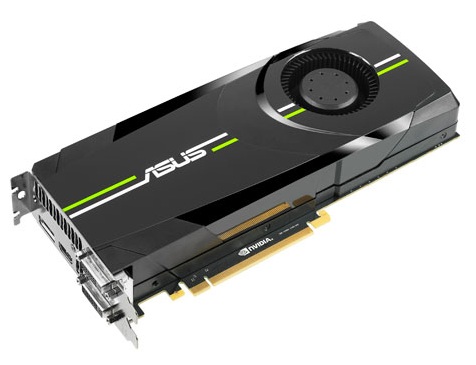
EVGA (Product page)
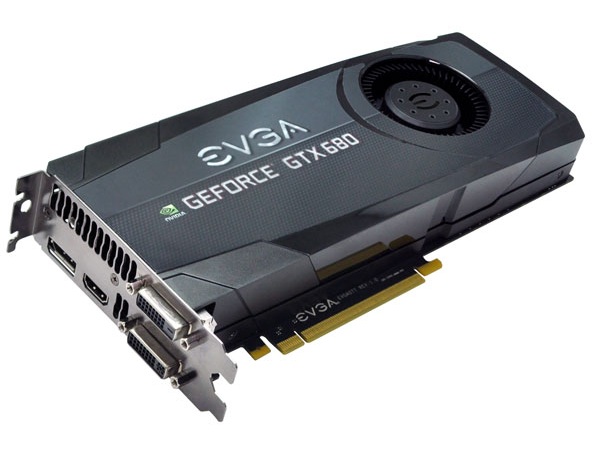
Galaxy (Product page)
Gigabyte (Product page)
MSI (Product page)
MSI's graphics cards usually have a 3-year parts and 2-year labor warranty, and this card is no exception.
PNY (Product page)

This card is the only one in the lineup that costs more than $500, and there are a couple of reasons why: one is the lifetime warranty you can get by registering the card, and the other is the bundled HDMI cable. It's the only card in the lineup with anything more than power cables and DVI to VGA adapters. It's also the only card for which I can't find measurements (Amazon lists the length at eight inches, which I find suspect since the rest of the cards are at least ten). The card's dimensions should be similar to the others.
Zotac (Product page)
Zotac's is the only card in this lineup with a 2-year warranty instead of the 3-year warranty shared by most of the rest of them.


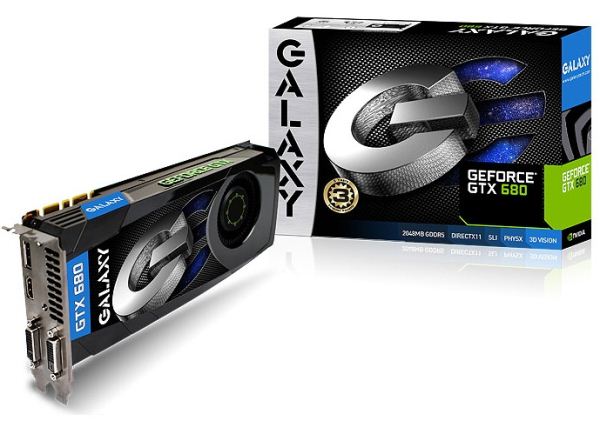
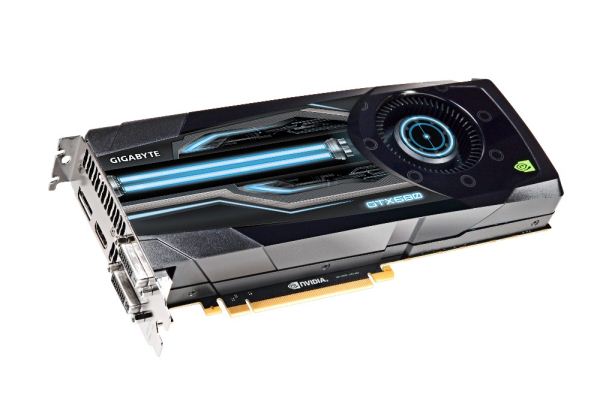
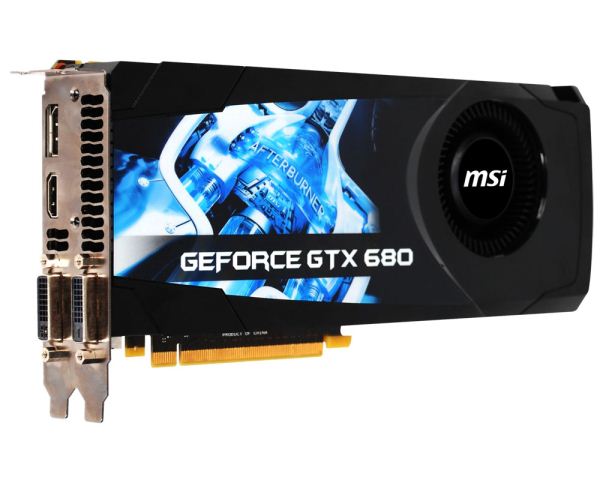
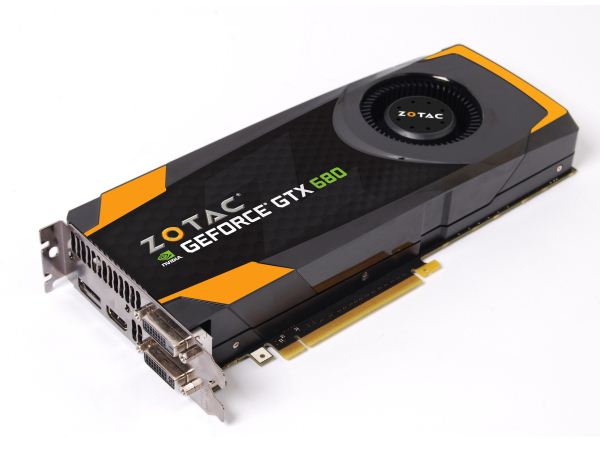








29 Comments
View All Comments
hieuhef - Saturday, March 24, 2012 - link
Though they say lifetime, it seems like it's lifetime of the product on last check; basically, if they're not producing them anymore, the life of the product is finish and thus the warranty is done.PDF of their warranty:
www3.pny.com/support/media/Files%5Cc7ec3913-f113-4c21-bae0-e0a276b6b9f0/Lifetime%20Warrenty_v1.pdf
overzealot - Sunday, March 25, 2012 - link
The same is true of every lifetime warranty I've ever seen.GrafxMan - Sunday, March 25, 2012 - link
Which means EVGA's 3-year warranty is better than PNY's "Lifetime" since EVGA will repair or replace your defective card with a product of equal or greater performance during those 3 years.The PNY GTX 680 cards won't be available after 1.5 years at best, after which their "Lifetime" warranty is of no use anymore.
Ref: http://www.evga.com/support/warranty/
GrafxMan.
zsero - Sunday, March 25, 2012 - link
Also, if you go to EVGA's forums, you can see why their warranty is legendary. They almost always change cards to better models. 260 -> 480 -> 580, etc. upgrades are common.COALESCENT - Monday, April 2, 2012 - link
DUDE. THIS IS NOT TRUE.Look at the warranty for the XLR8 line of cards. WHERE DO YOU SEE the stipulation that the warranty ends at the product line's end? YOU DON'T.
You are correct in your limited 'lifetime' defiinition in their regular line of cards but, NOT WITH THE XLR8 cards (which are the only GTX680s you can get).
Here is a reply from PNY support:
"Thank you for contacting PNY Technical Support.
In reviewing your message, I understand that you want some clarification about the Lifetime warranty of the GTX680 graphics card.
I can understand that this can cause confusion or misunderstanding. While we had a limited lifetime warranty as you have described on some of our older generation of card. The warranty on the XLR8 GTX cards (GTX400, GTX500, GTX600 series) is described here http://www3.pny.com/support/media/Files/e91160d2-8... as
*One year (will be extended for the lifetime of the original purchaser upon completion of a registration form on PNY's website)
which pretty much is your lifetime. The card would need to be registered within 90 days from the date of original purchase. Once the registration is completed you will receive a confirmation number at the end of the registration process as well as an email with said number. I would advise to hang onto the receipt as well as the confirmation number should the card would need to be warrantied after the 1 year period."
Nfarce - Sunday, March 25, 2012 - link
How many of you warranty hounds keep your card for three years or more in your main rig? Slim to none if I had to guess, like me. I've got a Rubbermaid tote full of old PCI, AGP, and PCIe GPU cards that still work but have long outlived their usefulness (the latest put out to pasture from a backup gaming rig was a two year old MSI HD 5770). My other guess is probably spot on too: you guys have old spare video cards laying around that still work.Death666Angel - Monday, March 26, 2012 - link
Having running warranty on my 2 year old card I'm selling will drive the price up some 5 to 15€ usually.I just sold an MSI Hawk HD5770 without warranty for 60€, could have gotten 70€ if it had a bit of warranty left, which wasn't the case due to 2 years warranty.
I'm not rich enough (yet) to let perfectly fine 50 to 100€ cards rot in my cupboard. :-)
Cobra Commander - Monday, April 30, 2012 - link
Me.ol1bit - Tuesday, May 8, 2012 - link
Mine die all the time anymore... in recent times 2 8800gt's, and a 7950GX2.Just had to split my SLI 460's and one went to my wife.
So now saving up for a new video card, not this one though too much money! LOL
blanarahul - Tuesday, March 27, 2012 - link
HD 7970 Memory Bandwidth = 264 GB/secGTX 580 Memory Bandwidth = 192.4 GB/sec
GTX 680 Memory Bandwidth = 192.2 GB/sec